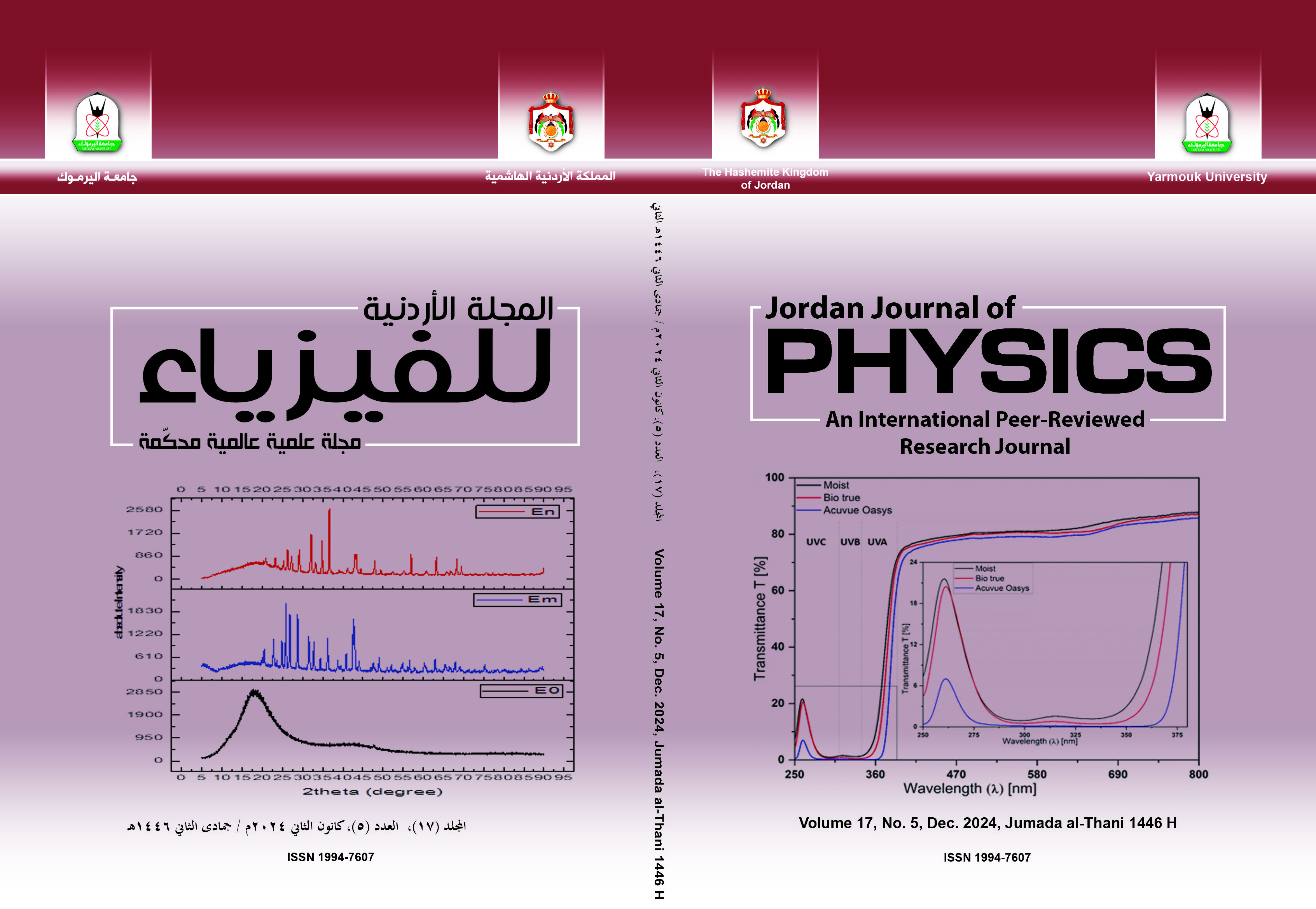Assessment of Human Exposures to Radiation Arising from Radon in Groundwater Samples from Parts of Abeokuta, Ogun State, Nigeria
Abstract
This study was aimed at assessing the level of radiation dose arising from consumption of well-water from different parts of Abeokuta metropolis by measuring the concentrations of 222Rn and 220Rn in the well-water samples using two types of solid state nuclear track detectors, namely CR-39 and LR-115. At each well location, water sample of 3.7ml was dispensed into two specially designed plastic cups. The two detectors were exposed to alpha particles emitted by 222Rn, 220Rn and their decay products emanating from each water sample for forty days. The 222Rn concentration obtained ranged from 3.1 to 90.8 kBq/m3. The statistical analysis of radon concentration showed that 94% of the wells studied had radon concentration above the United States Environmental Protection Agency’s maximum contaminant level of 11.1 kBq/m3, while none of the samples had up to 1000 kBq/m3 above which remedial action is recommended by the European Union. The calculated ranges and means of the annual effective doses from water consumption for children and adults are 44.5-1325.7, 484.7 and 22.3-66.8, 242.3μSv/y respectively. These results showed that radon in drinking water could constitute radiological concern for people in the areas studied.
Keywords: Radionuclides, Radon concentration, Groundwater, Effective dose, Human exposure.


